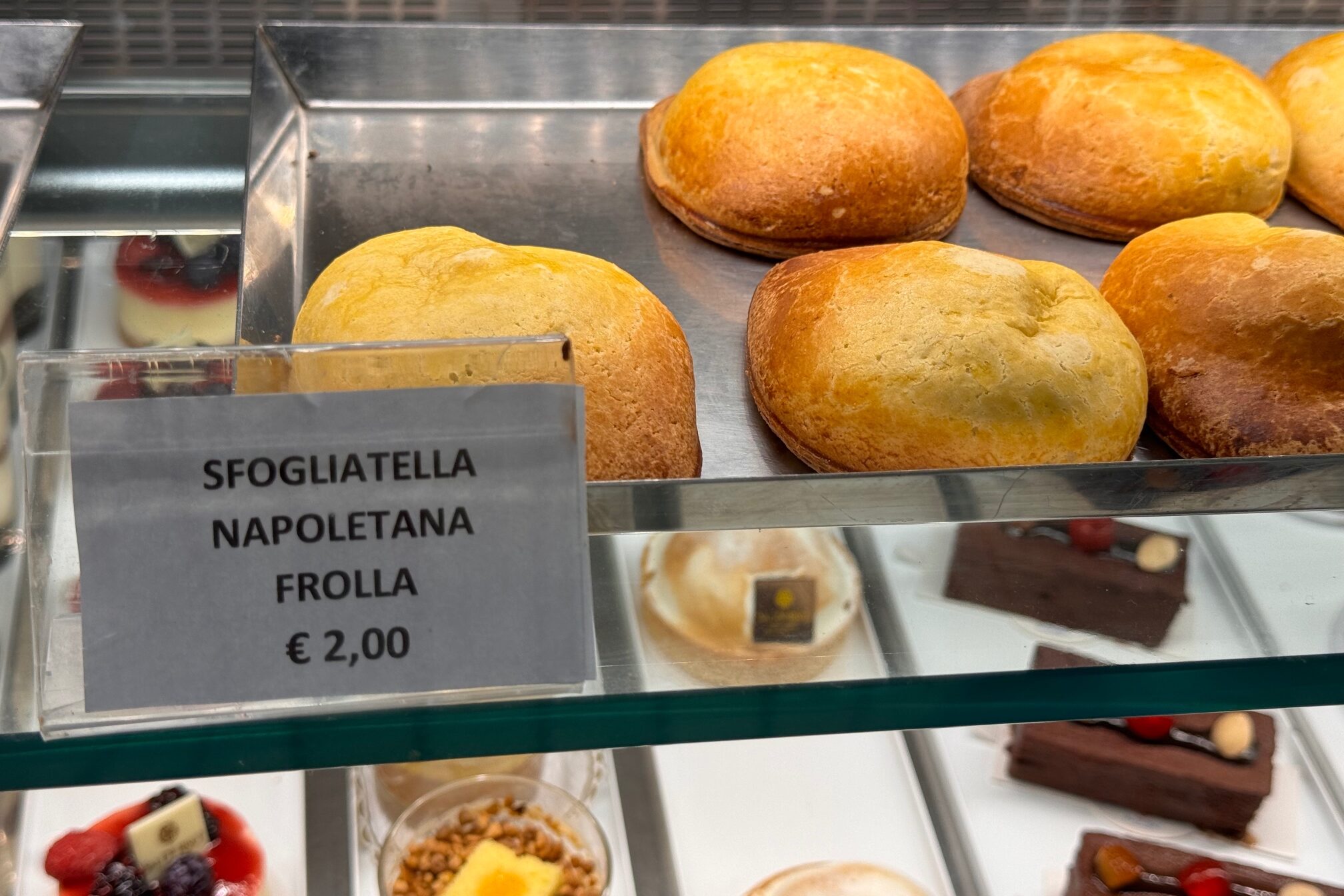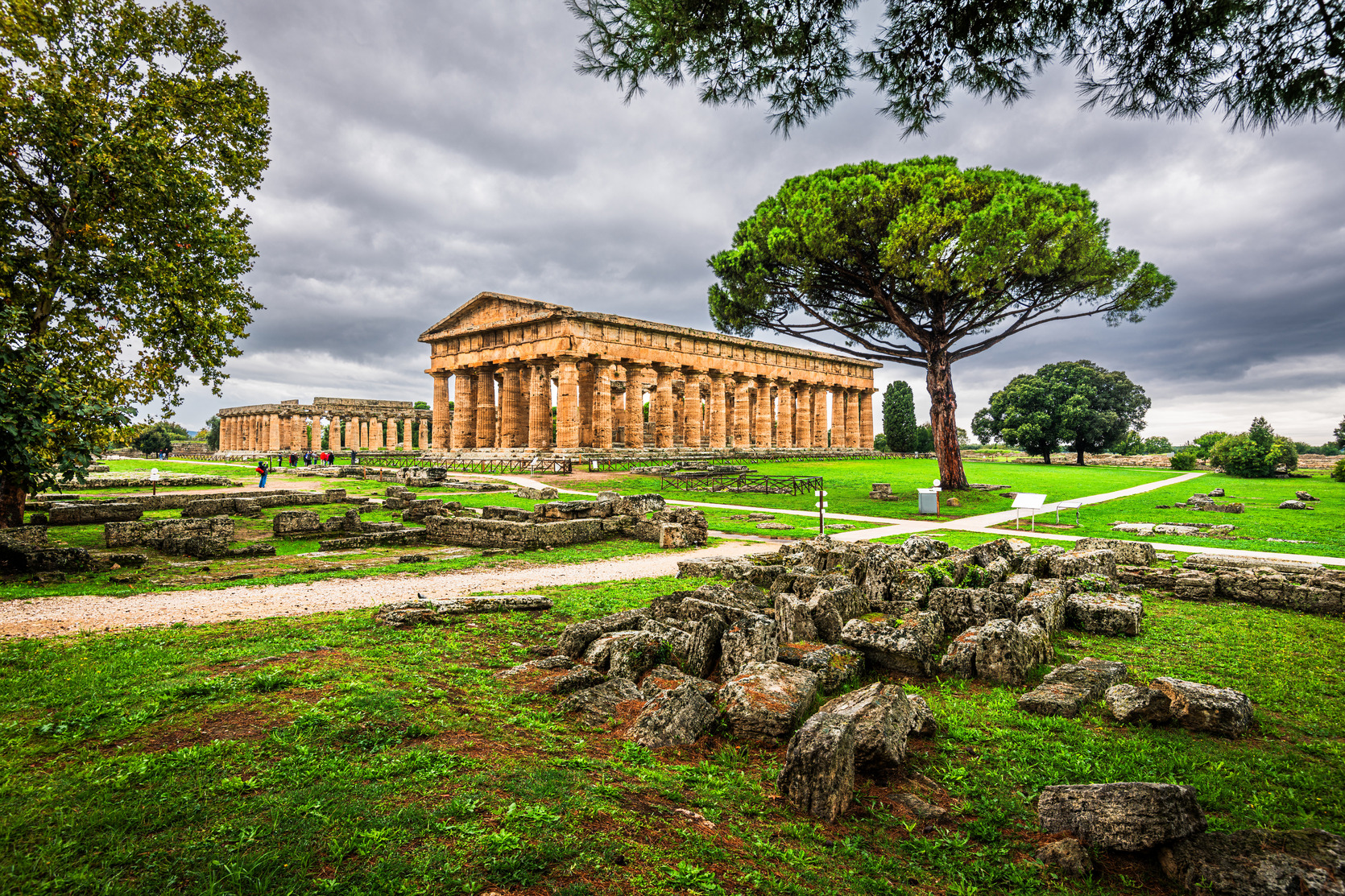Waves of Italian immigrants embarked on steamships during the late nineteenth century and arrived on the shores of America to escape from Italy’s natural disasters, political instability, famine and disease. Many decided to leave their homeland and journey across the Atlantic, under arduous traveling conditions in the steerage section of steamships, just for a better life. As they arrived on Ellis Island to be processed before being allowed to settle in the “land of milk and honey,” many Italian immigrants already had family members living on the Lower East Side. One of the areas designated for Italian immigrants settling in New York City in the 1880s to 1900s became Mulberry Street, part of Little Italy.
When more and more Italian immigrants settled in the small tenement apartments of Mulberry Street and its adjoining streets, the prospect for other Italian immigrants, finding an apartment in that part of the Lower East Side was limited. The Italian immigrant section in New York City expanded further East to Catherine Street, in close proximity of Mulberry Street, and near the East River (incorrectly termed a river, it is really defined by geologists as a Tidal Strait). According to a New York City Census taken in the 1920s, more Italians were living on Catherine Street, than Irish and Eastern European Jews, especially Greek Sephardic Jews, who preceded their arrival. Catherine Street became the thoroughfare of a large Italian community next to the more noted Mulberry Street.
The story behind Catherine Street reads like an American history timeline and begins with a Dutch brewer, Harmanus Rutgers, who purchased about a 100 acres of land that stretched from present-day Catherine Street as well as the cross streets East Broadway, Oliver, James, Cherry, Madison and Monroe. Over time his grandson, a Revolutionary War hero, Henry Rutgers inherited his grandfather’s land and organized a committee to erect a public market in 1786 with the permission of the City Council, called the Catherine Market. The market was built on Catherine Street near a Slip (where ships docked); some attest that the street was named after Henry’s grandmother and/or mother, both named Catherine (originally spelled Catharine).
The Catharine Market became so popular that there are accounts that President George Washington patronized the market when leaving the White House (the first White House was on Cherry Street, a few blocks away from Catherine Street). As the public market expanded more stalls were added in 1810 to house more butchers and fish mongers. One of the prime reasons for building the market was because of the Catherine ferry that ran along the East River, shuttling residents living in Brooklyn, Long Island and other parts of the city to Lower Manhattan, creating a central hub for transport and generating a high volume of traffic.
Catherine Street’s commercial activity attracted crowds resulting in the main road becoming the fashion district of New York City in the early nineteenth century. Brooks Brothers, a men’s clothing store, opened its first store in 1818 and later the same clothing store was targeted during the New York City Draft Riots in 1863 because it provided the uniforms for many of the Union soldiers. Moreover, after Brooks Brothers established its first store, Lord & Taylor opened its first store in 1826, also on Catherine Street.
Yet it was the public market, however, that appealed to the wealthy and poor. The burghers and their servants, as well as immigrants purchased food at cheaper prices. Another interesting historic milestone of Catherine Street is that the market was a place where every Sunday, patrons could view the contorted moves of African American slaves and free slaves who congregated and danced especially during Pinkster, a festive few days where slaves could celebrate.
Although it is very difficult to pinpoint the origins, some speculate that the roots of tap dancing began on Catherine Street, unlike the popular version that indicates that tap dancing started in the 1840s in the taverns and saloons of the notorious Five Points district as African American dancer William Henry Lane (aka Master Juba) & Irish American John Diamond competed against each other.
Nonetheless, in the 1830s because of a pungent stench from a nearby pond stemming from tanneries and animal waste, affluent families abandoned the neighborhood and started moving uptown. Almost immediately the clothing stories once popular on Catherine Street followed the wealthy, and the area became a slum. Catherine Street by the 1840s became a place for New Immigrants. By the 1900s the historic street was the place where many Italian immigrants lived and bought their meats and produce from the Catherine market, especially eels, a popular commodity even when African Americans danced on the docks almost a century before.
Eventually the public market was demolished in 1903 by the Board of Health and was never replaced. For many Italian immigrants, however, they continued to live along Catherine Street and worked in sweatshops, and opened bakeries, cafes, restaurants and applied for jobs at the Fulton Fish Market a few blocks south of the main road as well as Newspaper Row that was also nearby. Similar to most neighborhoods, the environs of the area began to reflect the ethnicity and religion of the residents. Italian immigrants added their layer of history onto Catherine Street and left an indelible mark by building churches and organizing traditional feasts.
An example of this is Saint Joseph’s church, built originally in 1887 on Catherine Street, later relocated by the congregation and re-built in 1926 where it remains today. Currently as you look up the front of the church, the name San Giuseppe is glaringly engraved in stone between the two bell towers. In addition, the Feast of San Rocco, organized by Southern Italian immigrants from Potenza in 1889, it is still celebrated during the month of August.
As part of an urban renewal plan, the original home of St. Rocco was Saint Joachim Church on Roosevelt Street, but it was demolished for city housing projects, moving the congregation to St. Joseph’s Church on Monroe and Catherine. The feast is celebrated by a small Italian American community that resides mainly in an apartment complex called Knickerbocker Village. Many residents and other church members carry the statue of Saint Rocco from Catherine Street to Little Italy. The statue was the same statue seen in the movie Godfather II, adding another layer to the history of Catherine Street and its Italian presence.






























